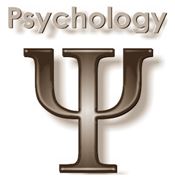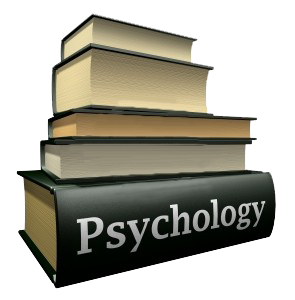|
|
|

|
Ψ Emotion
- Theories -
|

|
|
Emotion - A moving of the mind or soul; excitement of the feelings, whether pleasing or painful; disturbance or agitation of mind caused by a specific exciting cause & manifested by some sensible effect on the body.
Emotional Experience; four components:
1st: Appraise (interpret) a stimulus
2nd: Subjective feeling (feel)
3rd: Physiological responses (respond physically)
4th: Overt or observable behaviors (behave)
Peripheral Theories of Emotions emphasize that physiological changes in the body produce emotion.
Note: It is now widely accepted that psychological changes may well increase emotional intensity; but are not the cause.
The James-Lange theory: proposed that emotions happen as a result of physiological events, rather than being the cause of them.
In the Facial feedback theory,
(Charles Darwin) physiological event feedback comes from the facial musculature.
The sequence of events is: A stimulus arrives, causing a response in the facial musculature, which is controlled in large part by the autonomous system and thus under involuntary control, and which appears to have distinct configurations of the muscles corresponding to different emotions. The signals resulting from changes in the facial musculature are interpreted and result in the subjective experience of a particular emotion. Thus we smile, then we feel happy.
This view is similar to the original James-Lange theory, where we run, therefore we feel afraid, except that the source of the data is the facial muscles, as opposed to the general state of the body & particular behavior.
Cognitive appraisal theories of emotions emphasize that your interpretations of situations produce emotion.
Cognitive appraisal theory - In the absence of physiological arousal, we decide what to feel after interpreting or explaining what has just happened. Two things are important in this: whether we interpret the event as good or bad for us, and what we believe is the cause of the event.
Schachter-Singer classic experiment, 1st to show thoughts produce emotion.
Sequence for emotions (Cognitive appraisal theory):
1st: Stimulus
2nd: Appraise or interpret
Primary appraisal - consider how the situation affects our well-being.
Secondary appraisal - consider how we might cope with the situation.
3rd: Emotional feelings
4th: Bodily responses
Affective-primacy theory - feeling before thinking (Robert Zajonc)
Sequence for emotions:
1st: Stimulus
2nd: Emotional experience
3rd: Appraise or think
4th: Bodily responses
|










